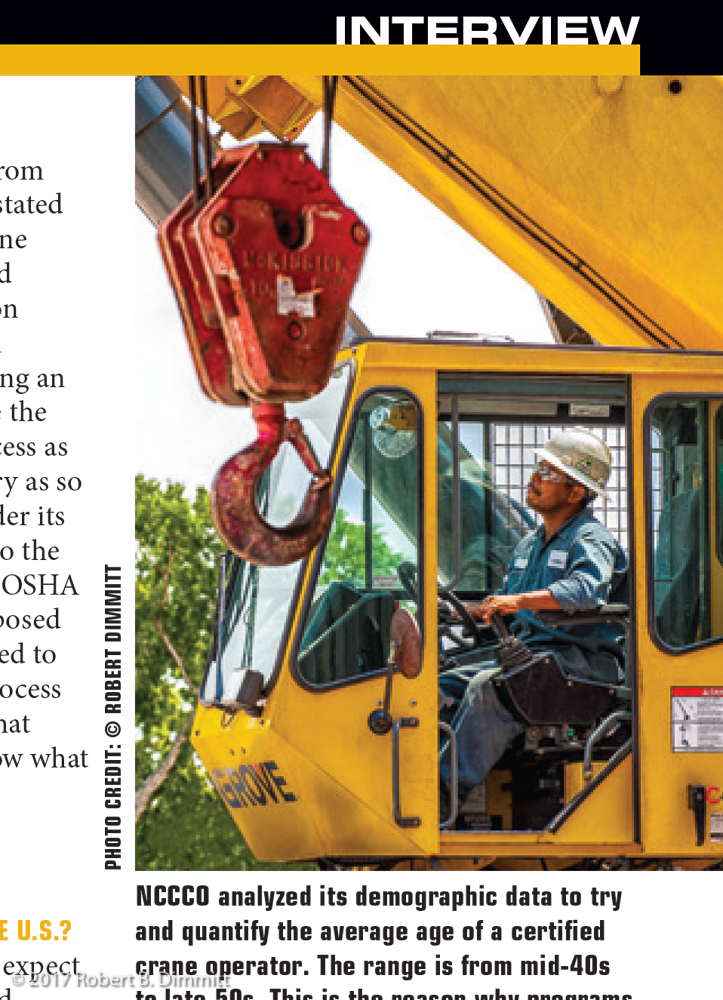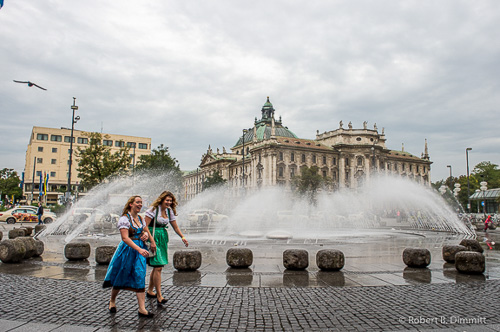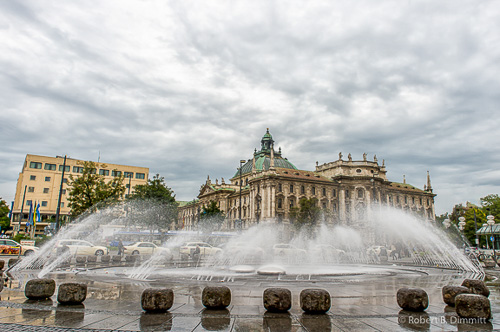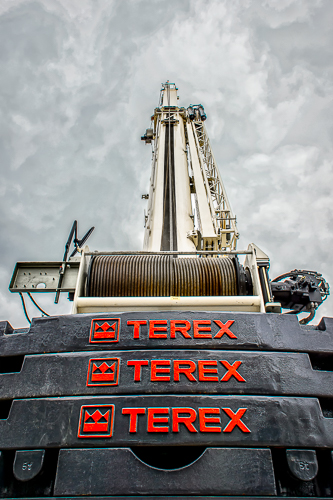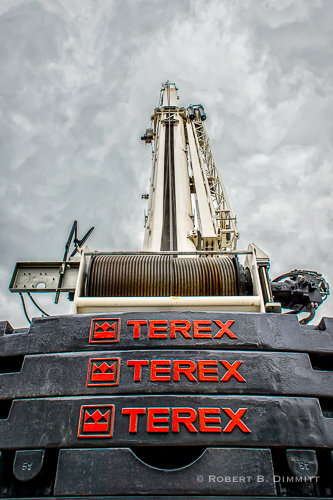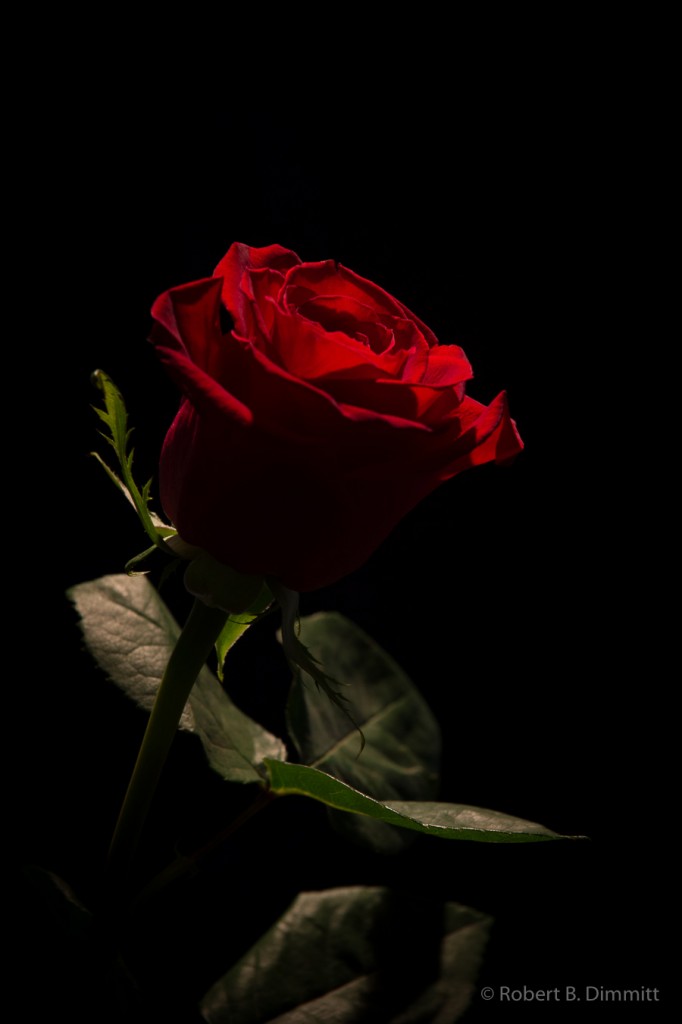In October, I received an e-mail from an editor looking for an image of a crane operator to support a story they were doing on operator training. Usually, in the assignments I have shot, the crane is the subject and due to the size of the crane the operator is a very tiny part of the image…if he/she can be seen at all. I had till the next morning to get back to the editor so that evening I filtered my images and from 10,000 plus finished images of cranes I had two featuring crane operators where I had releases. I found them in about 5 minutes and had them off to the editor that night. Four weeks later, the image was published. I never would have found those two images from 10,000 plus shot over the past decade had it not been that I had attached some basic keywords to those images. If you keyword when you input your images from your cards, it soon becomes a habit. A habit that just got reenforced by this experience.
